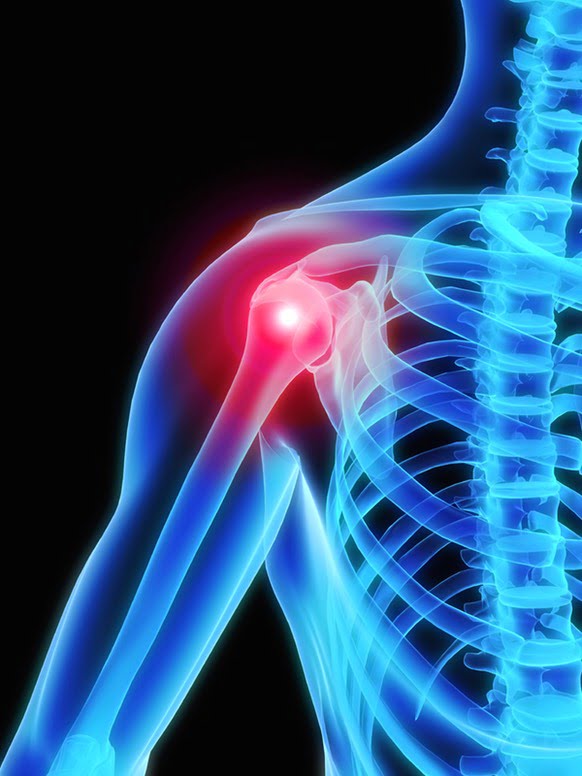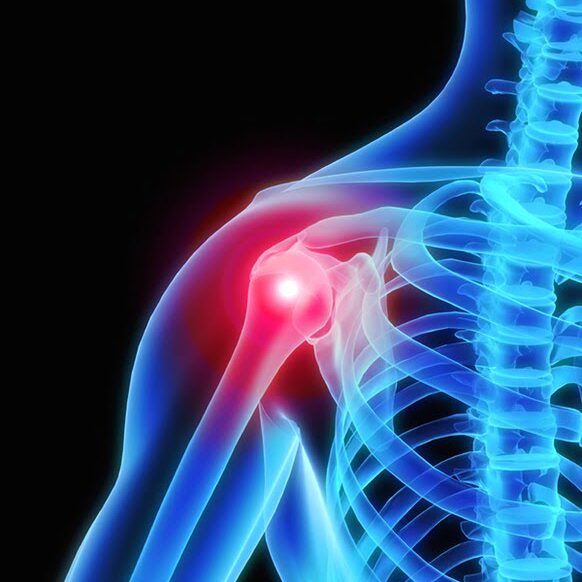 Shoulder impingement is rife at the moment. So many people are affected by this very painful condition. Imagine if you could prevent this by educating your client about safe and precise shoulder mechanics.
Shoulder impingement is rife at the moment. So many people are affected by this very painful condition. Imagine if you could prevent this by educating your client about safe and precise shoulder mechanics.
I don’t just mean safe and precise but I mean very specific shoulder stabilization.
Shoulder impingement is dependent on 3 very important factors:
- The habitual position of the thoracic and cervical spine.
- The free movement in the shoulder joint.
- The connection to the scapula during movement or isometric training.
If we want people to start moving more effectively in their shoulders then we need them to start relaxing.
STOP with the exercises and start with free movement. The element of relaxed free movement will bring in the serratus anterior on a more natural basis. We tend to want to rehab with exercises and stretches, however, we need to start analyzing the state of the client or patient on a natural movement basis.
What does their natural movement look like? If you ask them to sit on a ball and swing their arms from back to front, does it look free or does it look ‘robotic’.
If it looks robotic then DO NOT DO EXERCISES YET! We FIRST have to link the brain to the body and ask it to let go and allow the shoulder to move with a relaxed motion within the socket.
We tend to opt for rehab and rotator cuff exercises without realizing that even if you strengthen those first, the problem with ALWAYS re-occur because the client has an inability to free up their shoulder joint through shoulder disassociation. This is tougher than it seems because the mind plays a vital role here.
If they are naturally stressed or anxious, then the process is even more complicated as the brain will not allow them to disassociate or move freely.
They are their own worst enemy!
Now free movement is also tricky. What many people think is free and what really is free are two very different things. Free means NO effort whatsoever. It may not look strained at all. Not even remotely. Think of how a ballet dancer uses their arms. It looks relaxed, it flows, and she has light arms and heavy blades.
If we really want to get all shoulder injuries under control, then we have to incorporate;
- free movement
- serratus anterior gliding along the posterior and lateral rib cage
- thoracic extension
- cervical alignment with relaxation
- total mind relaxation
- then only exercise
Without this formula, the client or patient will be back for rehab over and over again.
The work does not only lie within the patient, the greatest work lies within the professional who has to adopt a very relaxed persona, use their voice in a very soothing manner and then give the perfect cues to get the patient or client to just let go!
This is a skill that we need to have adopted. Being hands-on, specific cueing and making the session about total relaxation and free movement is what will start the process of successful shoulder stability.
My goal is to get the word out to as many people as possible so that they may help themselves or others to achieve great stability once and for all. Stability that is set in the subconscious mind. This stability will be permanent and complete when you do not need to cue them anymore. It is now involuntary.
Now we can officially assist spines and shoulders from creating havoc on the body.
THAT IS THE HEALTHY TRUTH!






